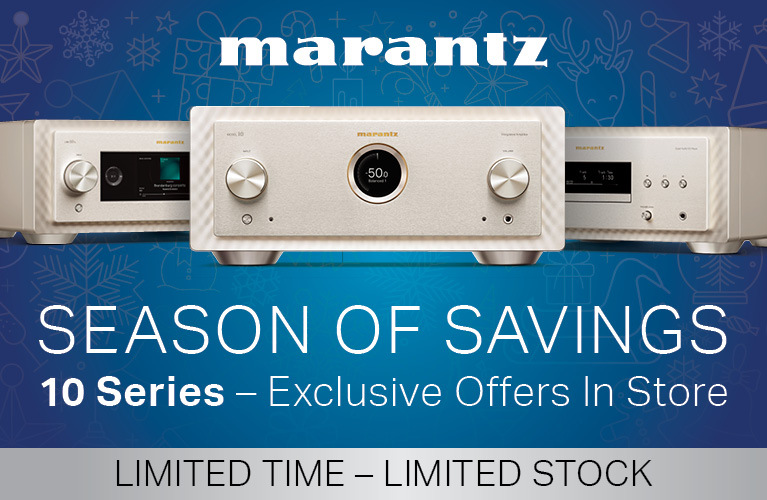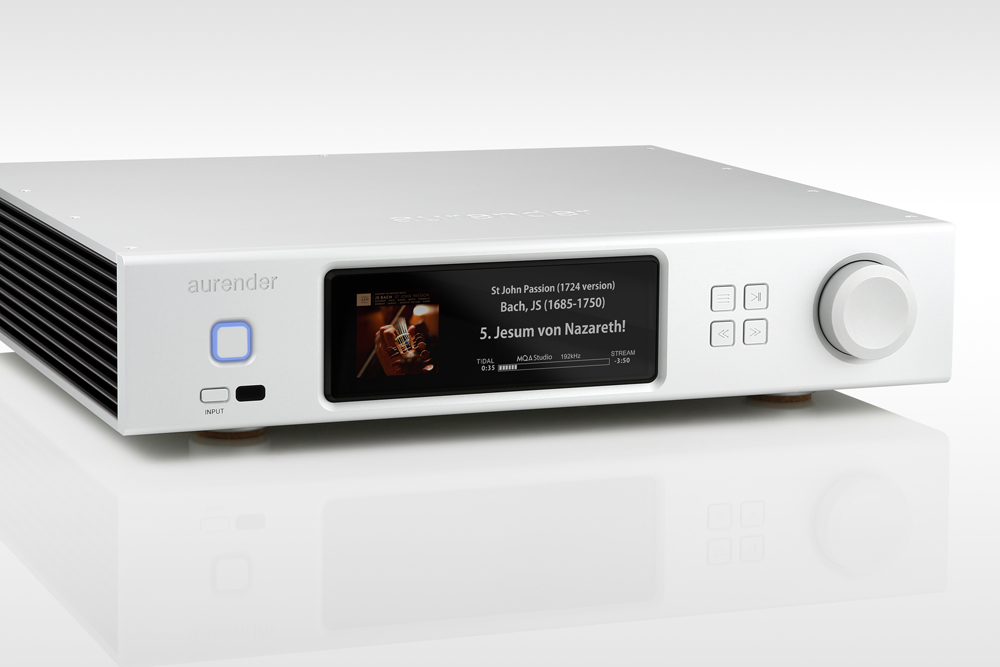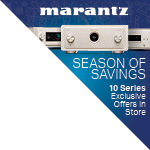Jimmy Hendrix once asked ‘Are you experienced?’ It’s a good question. Collecting experiences is a great way to make one’s life more than a little richer. So, when the opportunity to audition and experience the difference Aurender’s A15 mid-level streamer would make in my system, I leapt at the chance.
Clear Stream
The A15 which supersedes the legendary A10 is a traditionally-shaped and full-sized (430 mm x 96 mm x 355 mm) audio component whose machined aluminium case is available in silver or black finishes will look at home in any system. It’s beautifully crafted with smooth lines and elegant heat sinks and weighs in at around 12kg making it a substantial component. The display is impressive – large (6.9 inch), super clear, easy to read from a moderate distance and displays the album along with the artist, track name, media resolution and progress indicator. What more could you want?
I found the A15 reminiscent of the Linn Klimax DSM which I reviewed a couple of years ago. It doesn’t have the space optimisation feature set, but nonetheless it’s gorgeous and definitely droolworthy. Designed as a one box digital source component, it eliminates the complication and expense of assembling a system built around a stand-alone streamer, separate DAC and potentially also a Master Clock. However, such systems are available via Aurender’s flagship digital components.
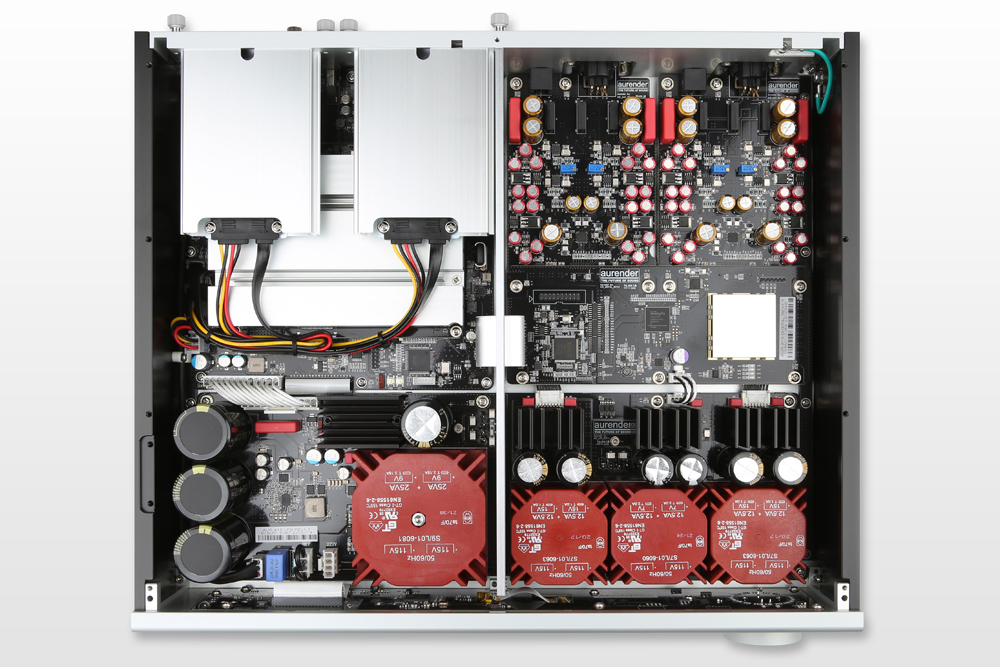
Inside, the A15 is packed with high-performance components including a high-precision clock generation system incorporating Field Programmable Gate Arrays (FPGA), fully-linear power supply structure incorporating four audiophile-grade toroidal transformers, along with advanced shielding and isolation and a capacitor-based UPS which will keep the unit running during periods of brief power interruptions. The A15 also offers double isolated gigabit ethernet with two transformers in the ethernet port circuit for superior noise filtration without detrimental signal loss.
At the heart of the A15 is a dual-mono configuration of the renowned AKM4490 DAC chipset. The DAC boards are supported by discrete linear power supplies for the best performance in channel separation, dynamics and noise floor reduction. Aurender’s engineers have designed the input/output circuit topologies around this chip to further optimize audio performance and have voiced the A15 for a sonic signature that’s resolved and smooth, without sounding etched or dark. In addition to delivering the highest possible audio performance that the MQA process offers, the DAC decodes PCM files up to 32-bit/768 kHz and DSD up to DSD512. Of course, there’s wide file format compatibility.
The A15 can function as a source or a preamplifier with volume control and digital source selection. It can be connected directly to any power amplifier or an active loudspeaker system via either balanced (XLR) and unbalanced (RCA) analogue outputs. Volume control, and other playback actions, can be adjusted from the Aurender Conductor app (available for Apple and Android devices), the included IR remote control (a sturdy machined aluminium piece) or directly from the front panel. If you already use a preamplifier or integrated amp, the variable output can be set to “Direct Output” mode for a fixed output level with no volume attenuation.
The A15 also features both S/PDIF coaxial (RCA) and optical (TosLink) digital inputs. These inputs allow other sources like a CD Transport, TV or Blu-Ray player to be connected and utilise the in-built digital-to-analogue conversion. A USB audio output is also provided to send a digital signal to a second system or DAC.
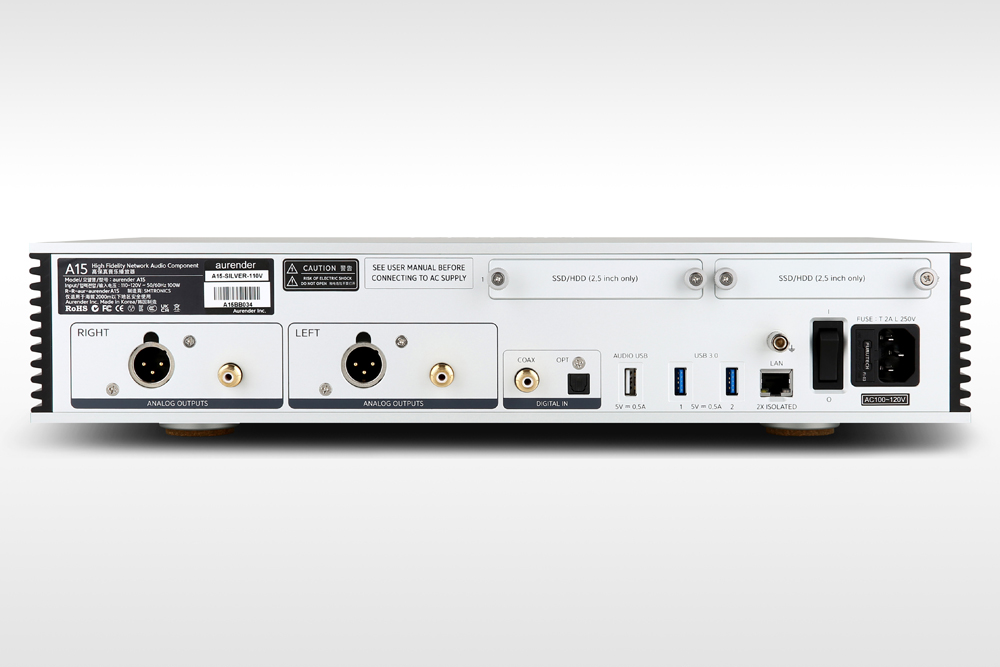
I particularly like that the A15 provides onboard storage for media files via two user accessible storage bays on the rear panel. These allow the user to install the type and capacity of hard drive that best meets their requirements. Most users opt for solid state hard drives which are reliable, efficient and silent but traditional hard drives are also supported. The hard drives can be configured in a robust RAID 1 (mirror) arrangement or combined to provide up to 16 TB of storage for those with large music libraries.
The A15 also offers cache-based playback from an internal solid-state cache. As soon as any track, album, or playlist is added to the queue, the content is immediately downloaded to the internal cache memory for playback. By caching tracks to the solid-state drive, electrical and acoustic noise generated from spinning disks, moving heads and motors is eliminated thereby increasing sonic performance. This is not a trivial feature in terms of its performance and hardware longevity potential.
Setup
I setup the A15 in place of my Lumin T1 streamer running the balanced analogue outputs via Kimber Cable interconnects into my Perreaux e250i 40th Anniversary Edition integrated amplifier. Supporting Tidal, Qobuz, Spotify Connect and Internet Radio, the A15 pretty much has you covered. I’m used to using Roon as my favoured media control UI and so I was pleased to be able to add the A15 and be up and running in a matter of only a few seconds. Call me impatient if you want, but I like it when things just work… Life is too short for connection problems, cheap wine, and lo-fi audio experiences.
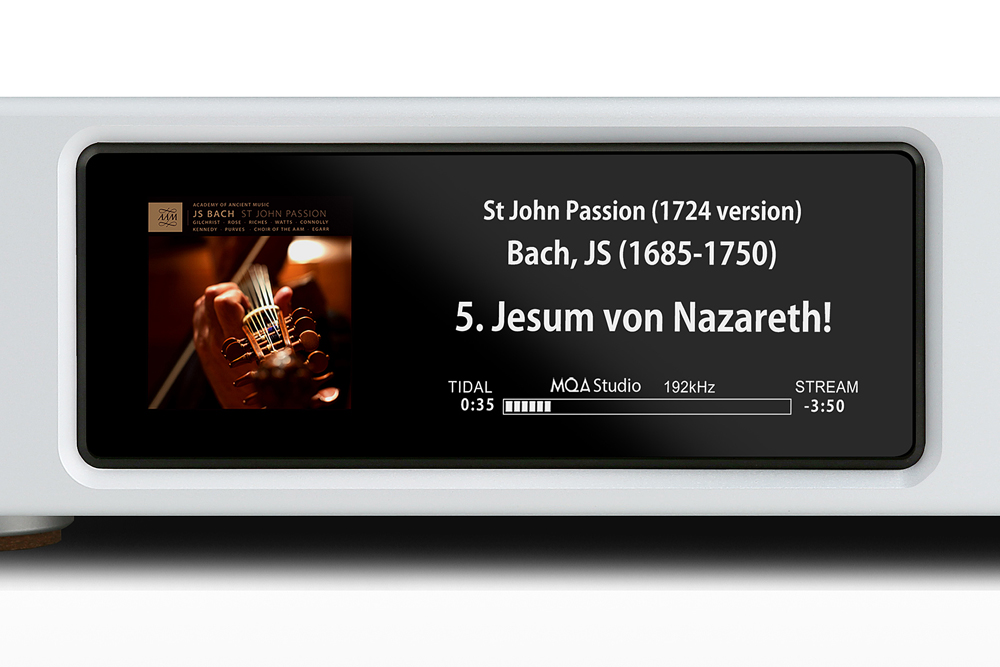
The designers of the A15 have also implemented a few very nice useability touches. The first is the fade-out on the pause control which adds a level of sophistication and the second was the seemingly perfectly sloped ‘ramp’ for the volume adjustment. When holding down the + or – buttons – I was never put in the position of ‘scrambling’ to reduce the volume after holding the + for slightly too long and similarly avoided the back-and-forth adjustment to reach the desired volume level. I found the A15 responsive and surefooted and it reminded me of the feeling I experienced when test driving my new Lexus IS250F after having being used to scurrying around town in my Ford Mondeo.
Listening
The first tune I listened to was via my music library, “Liberty” by Nordik musician Anette Askvik. Albeit a great test track, I could tell straight away that the A15 was something special. The sound was big, bold, oozing detail and great dynamics. Anette’s voice is beautiful, the room ambience in which she stood was delivered with startling realism. Piano keys when struck had hard ‘bite’. The saxophone toward the end of the piece was full scale and had that lovely ‘breathy’ nature that exists when one is played right in front of you. This is a well recorded piece which I’ve enjoyed many times on my system, but never to this extent.
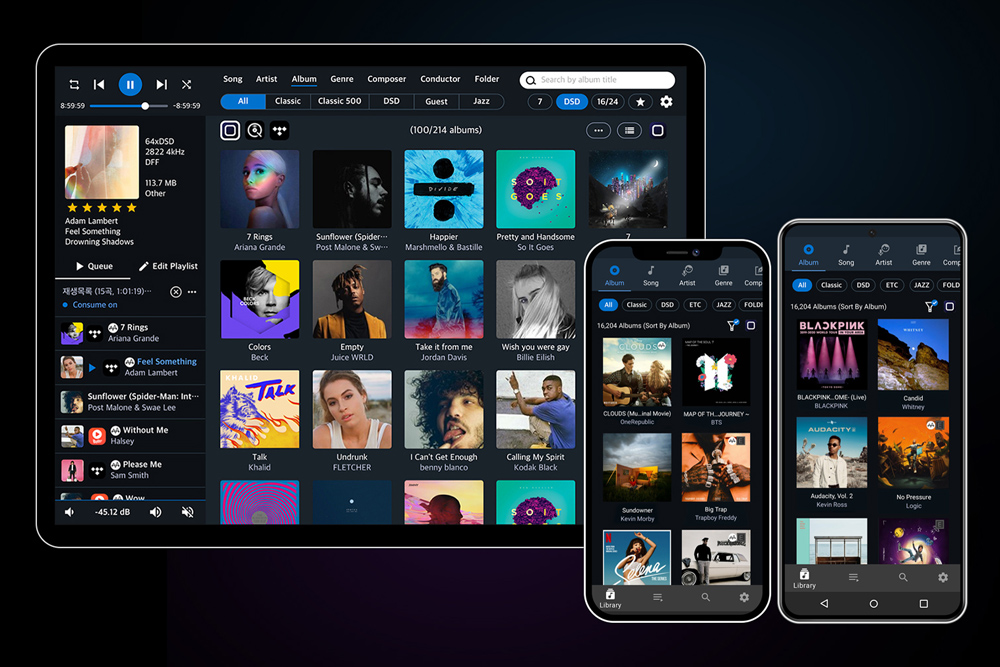
On “Leave it Open” from Pierre Moerlen’s Gong’s Leave it Open album, the A15 was incredibly surefooted. Rather than merely navigating the almost 20-minute high-energy piece, it was as if the A15 took me by the hand promising to let me hear additional textures and detail and introducing me to subtle melodies. The drumming at the climax of the piece was crisp, fast and powerful.
The A15 continued to reveal a level of detail I hadn’t previously experienced in Rhiannon Giddens fabulous song “At the Purchaser’s Option” from her Freedom Highway album. Rhiannon’s vocals were smooth and powerful and more precisely sized and positioned within the soundstage than I was used to on my Lumin T1. The mandolin and bells seemed sweeter and more dramatic adding to the overall realism.
Similarly, on “Living Proof” from The War on Drugs album I Don’t Live Here Anymore, Adam Granduciel’s vocals were smooth and full bodied and had a level of in-the-room presence I’d not experienced before. The drums were powerful and seemed slightly more distinct than through my usual setup.
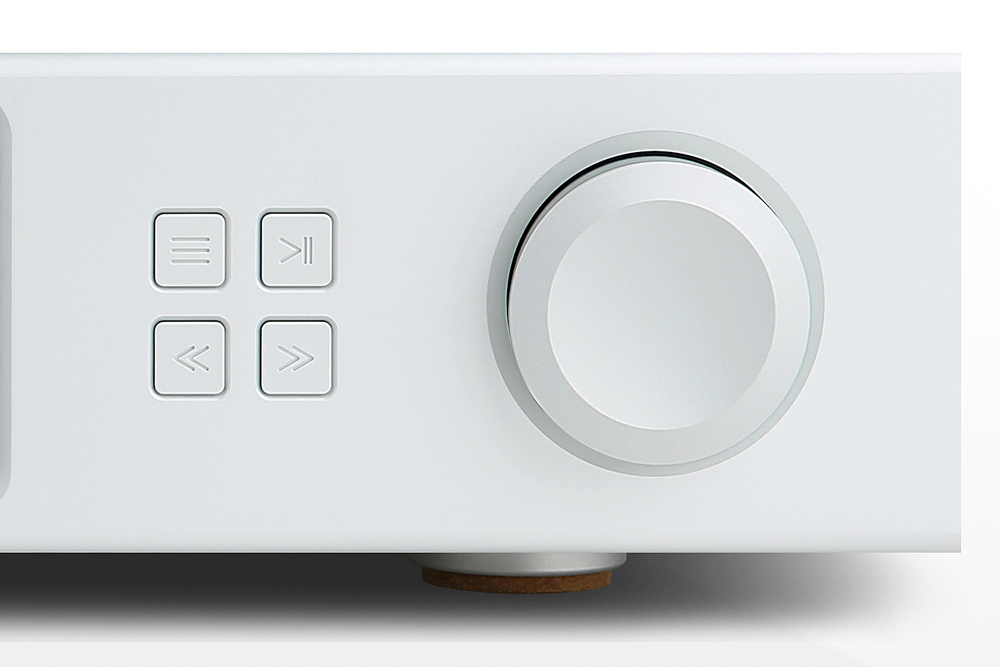
Played loud, the rhythm and fast paced percussion on Midnight Oil’s “Power and The Passion” from the album 10,9,8… was raw and immersing and more than just a foot tapping piece, this almost had me lurching around the room as would sometimes happen back in my uni days when this tune was popular and I was inappropriately hydrated.
The first few tracks from José James’ latest album On & On were a treat. The A15 is far from cold and stark, rather its slightly warm presentation really helped to create the right level of ambience in this collection of hip-hop influenced jazz pieces.
Overall, the sound was more tightly focused than my Lumin. I initially thought the A15 had constrained the width of the soundstage, yet on other music the opposite was achieved, like on Tash Sultana’s fabulous “Crop Circles” from her album Terra Firma or the recent 24-bit remaster of The Little River Band’s “It’s a Long Way Home” (a superb tune which, as a good friend of mine recently remarked, was “one of their first and never came close to being overtaken”) both of which seemed to have almost limitless depth, width and height. I quickly came to realise that through the Aurender A15 the impression of tight focus was the result of each instrument being much better resolved and defined. Details count.
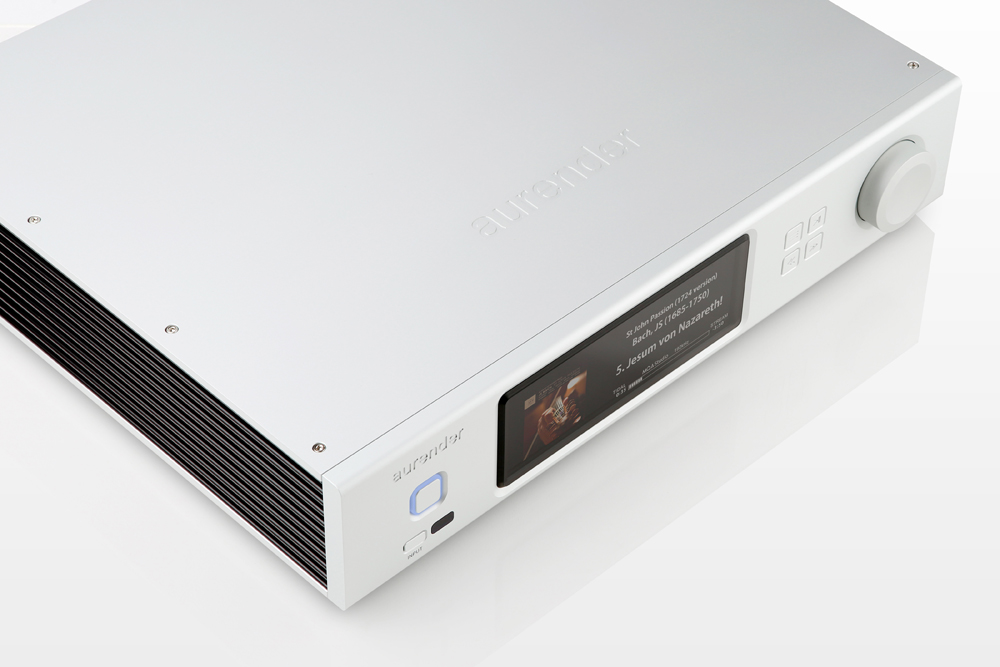
At all times the A15 remained super smooth and able to unveil subtle textures that had otherwise remained hidden within the music. Consistent with earlier findings across different genres, Aimi Kobayashi playing Chopin’s Piano Sonata No. 2 in B flat minor was at times more energetic and yet more delicate in places than I recall. In the quieter passages noise floor was vanishingly quiet.
It’s All Good
And that’s a fact. Everything I played was rendered beautifully. I was able to connect with each piece of music without worrying about any detractors. The A15 doesn’t force you to focus on pinpointing the musician(s) in the soundstage nor does it (for me) alert you to any deficiency in the reproduction (dryness, edginess, mud etc.). What it does is allow you to sit back and enjoy the music and, in my case, at a level I’ve rarely been able to achieve with my own equipment.
Add to this the fact that it is stunningly beautiful and a precision-crafted piece of gear, packed with some serious technology, and this is a network streamer that’s very easy to recommend at this price.
… Barry Jones
www.soundstageaustralia.com
Associated Equipment:
- Speakers — Sonus faber Amati Homage
- Amplifier — Perreaux e250i 40th Anniversary Edition integrated amplifier
- Sources — Digital: Lumin T1, Oppo BDP-105D Analogue: Rega RP6 turntable, Rega Exact-2 cartridge, Rega Aria phono stage & Rega Couple interconnects
- Processor — DEQX HDP-5
- DAC/Headphone Amplifier — Chord Mojo DAC
- Headphones — AudioQuest Nighthawk
- Cables — Nordost White Lightning, Kimber Cable Timbre balanced and Van den Hul D-300III unbalanced interconnects, Atlas Compass Digital Coaxial Audio Cable, QED Performance Graphite USB
- Miscellaneous — Isotek Sirius Power Conditioner, 8 x Auralex SA8600 bass traps in front wall corners, 12 x Sound Acoustics MP700-40 ceiling acoustic panels
Aurender A15 Music Streamer/DAC
Price: AU$14,495
Australian Warranty: Three Years
Australian Distributor: Synergy Audio
+61 3 9459 7474
www.synergyaudio.com
Aurender
OBIZ Tower 1612
126 Beolmal-ro, Dongan-gu
Anyang-si, Gyeonggi-do 14057
South Korea
+1 (888) 367-0840 (Aurender America Inc.)
www.aurender.com

